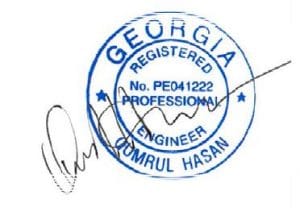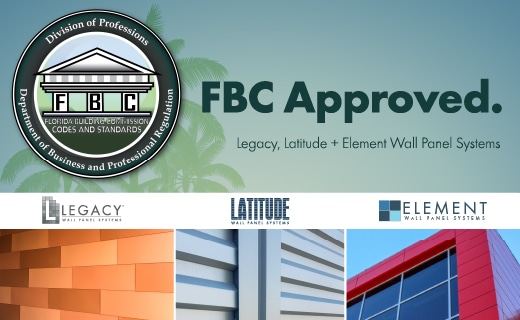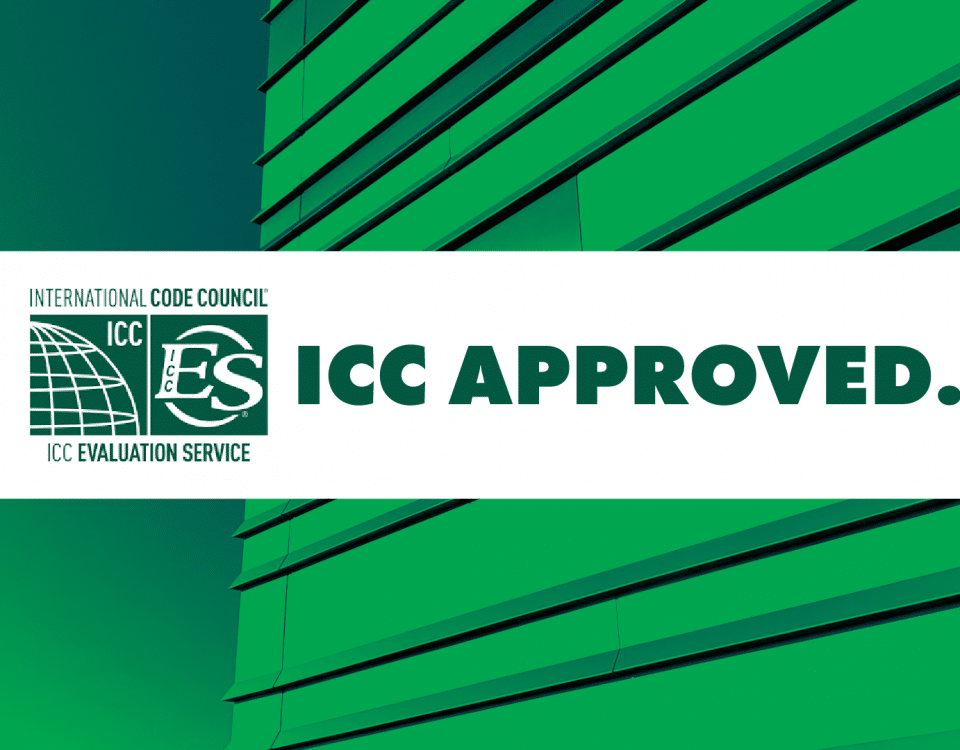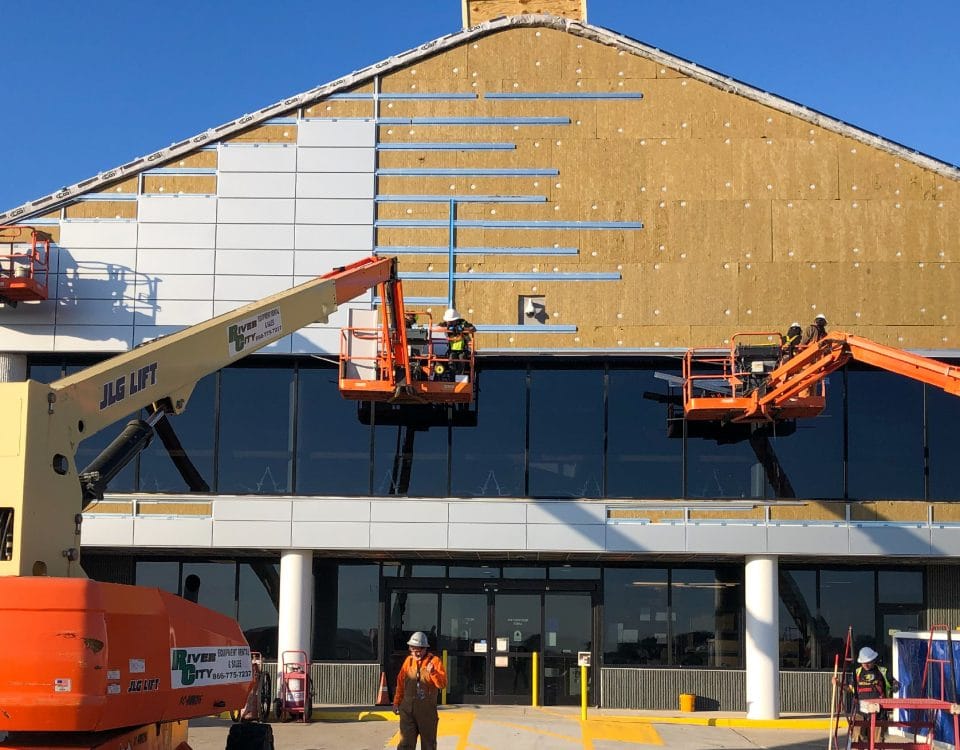Self Sealing of Air Barriers
The intent of this Technical Bulletin is to CLARIFY the terminologies associated with Air Barrier penetrations and sealing around fasteners or other penetrations thru AWB’s (Air and Water Barriers).
The terms self-sealing is used to describe materials used in roofing and waterproofing, specifically materials used in wall assemblies as air barriers (AWB’s) and/or water-resistive barriers (WRBs). The term relates to the ability of a material to remain airtight and watertight at fastener penetrations. Ironically, the American Society of Testing and Materials (ASTM) definitions of terms used in construction do not include any reference to self-sealing.
Self Sealing Defined
IMETCO defines the term “self-sealing” as a membrane that passes modified ASTM D1970 (section 7.9 Self Sealability of ASTM D1970) or modified ASTM E331/E547 as noted in AAMA 711 section 5.2 Water Penetration Resistance Around Nails.
The Science behind Sealing
By virtue of the air barrier membrane’s elastomeric and/or adhesive qualities a seal may occur in two ways; around the shaft of the fastener upon penetrating the membrane and a gasketing effect created at the interface of the fastener head and the membrane. “Self-Sealing” is not to be confused with “self-healing”. Intelliwrap line of AWB’s do not claim to be “self-healing”; the ability of the membrane to self-heal membrane damage or vacant fastener holes.
The Test Standards
The test procedure outlined in paragraph 7.9, Self-Sealability (Head of Water Test) of ASTM D1970, Standard Specification for Self-Adhering Polymer Modified Bituminous Sheet Materials Used as Steep Roofing Underlayment for Ice Dam Protection.

This test method specifically refers to self-Sealability of sheet-applied membranes but can also be utilized for liquid-applied materials. The test consists of driving two galvanized nails positioned 1 to 2 inches apart through the air barrier material that is applied to a 12- by 12-inch, 3/8-inch thick piece of plywood. Then the pointed ends of the nails are tapped so that the heads of the nails are backed out approximately ¼-inch from the surface of the air barrier membrane. A 1-gallon container is attached over the nail heads and sealed to the air barrier material applied on the plywood. A second container is positioned below the pointed ends of the nails. The upper container is filled with water to a depth of 5 inches (which equates to 101-mph wind speed), and the specimen remains in this position for three days at 4ºC ± 2º (40ºF ± 5º).
After the test, the lower container, the shanks of the nails, and the underside of the plywood are inspected for the presence of water. The upper container is removed from the air barrier material, which is then peeled from the plywood back to the nails.
Evidence of water at any of these locations constitutes a failure. The standard provides an industry recognized assessment of water penetration resistance at a fastener penetration through a membrane under a water column. It has been used within the air barrier industry (Air Barrier Association of America [ABAA] ) as a basis for determining self-sealing of an air barrier material.
IMETCO IntelliWrap SA, LVP & LVB pass the ASTM D1970 test.
Practical application of D1970 Test
Nail Sealability ASTM D1970 is supposed to tell us which products meet a standard of waterproofing, but it is highly dependent on the application. A fastener applied in a perfectly perpendicular fashion has a much higher likelihood to pass the test. In the field this correct application is hardly going to happen when regular contractors apply the fasteners. As such using this test along doesn’t justify a “self-sealing” application.
The IMETCO Difference: Assembly Testing
When it comes to individual component testing, like IMETCO, almost all manufacturer’s will use their own version of D1970 testing. However, Unlike IMETCO, they do not have product specific Rainscreen Assembly Tests such as AAMA 509 and E283.

AAMA 509-09, “Voluntary Test and Classification Method of Drained and Back Ventilated Rain Screen Wall Cladding Systems”: IMETCO’s IntelliScreen assembly (minus the insulation) testing is based on recognizing that there will be some defects within the air barriers. As such, this assembly testing is done with min 10% defect on the AWB (Intentionally poking about 10% of the AWB with up to 1/8” drilled holes). Our hygrothermal model for IntelliScreen system incorporates this factor in our design and thus boosting the design to compensate for the deficiency.


ASTM E283 “Standard Test Method for Determining Rate of Air Leakage Through Exterior Windows, Curtain Walls, and Doors Under Specified Pressure Differences Across the Specimen”: Like AAMA 509-09 testing, IMETCO also has E283 testing on the assembly (minus the insulation).
The recommended Air leakage for assemblies per ASHRAE 189.1/IBC is 0.4 cfm/sf @75pa. IntelliScreen Air barrier leakage with defects is 0.114 cfm/sf, which is satisfies the recommended limits.
Summary
While lab tests demonstrate the ability of properly installed fasteners to seal to some extent where they penetrate air barriers, penetrations can become sources of water intrusion, depending on many variables — type of fastener, angle at which fastener is driven, and the amount of water and pressure at the fastener penetration, regardless of material type and claims that may be made about self-sealing characteristics. Use air barriers such as IntelliWrap that are fully and independently qualified as water-resistive barriers to diminish the risk of water penetration through fasteners. In addition, follow these simple guidelines for installation of fasteners:
- Screws should be self-tapping; the head must be larger in diameter than the shank. In addition, the point or self-drilling portion must be no larger in diameter than the shank
- All fasteners should be driven perpendicularly to the substrate
- Do not install fasteners through air barrier membranes over unsupported areas of the substrate, like sheathing joints.
If installing fasteners thru mineral wool insulation: any Improperly installed fasteners, defective or broken fasteners or fasteners not properly fastened into the building structure beyond the air barrier membrane should not be removed (if possible). - Follow wall prep guidelines per IMETCO AWB Guidelines.
Please contact IMETCO Engineering for more information.








